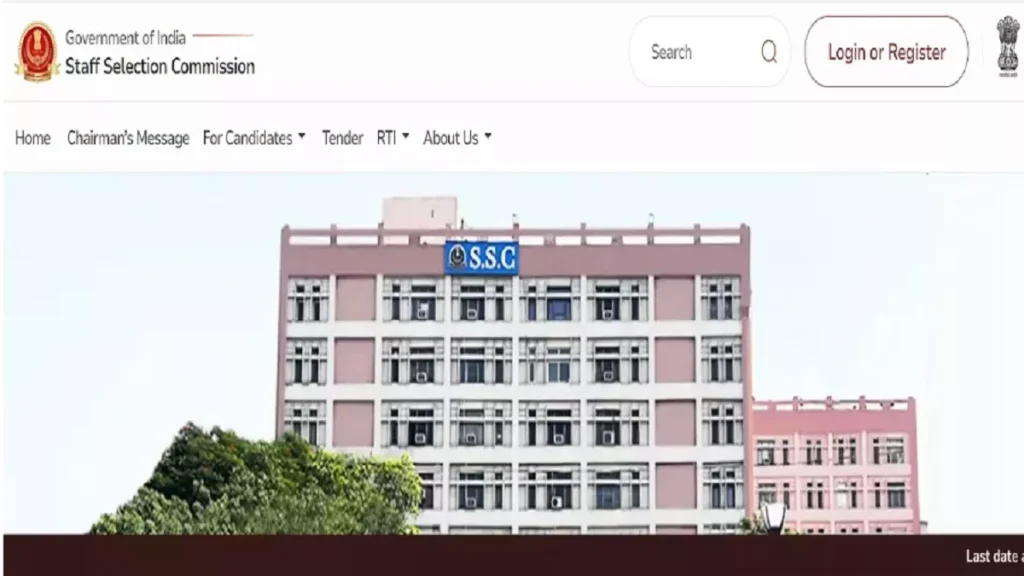Welcome to Fantasy Map Simulator! If you’re new to this captivating game, you’re in for a treat. This guide is designed to help you get started on your journey to becoming a master world-builder. Whether you’re aiming to create a sprawling fantasy realm, a detailed microcosm, or anything in between, this beginner’s guide will walk you through the essential steps and tips to set you on the right path.
Getting Started: Setting Up Your Game
Before you dive into creating your fantasy world, you’ll need to familiarize yourself with the game’s interface and basic settings.
Installation and Setup
- Download and Install: Ensure you have the game installed on your computer. Follow the installation instructions provided.
- Initial Setup: Launch the game and go through the initial setup, including selecting your preferred language, adjusting graphics settings, and configuring controls.
Understanding the Interface
- Main Menu: Familiarize yourself with the main menu options, such as New Game, Load Game, Options, and Community Hub.
- Tutorials: If available, complete any introductory tutorials to get a basic grasp of the game mechanics and controls.
Creating Your First World
With the basics covered, it’s time to start creating your fantasy world. Here’s how to get started:
Choosing a Template or Starting Fresh
- Templates: Use procedural generation templates to kickstart your world-building. These provide a pre-designed base that you can modify.
- Blank Canvas: For a more personalized experience, start with a blank canvas and build your world from scratch.
Designing the Terrain
- Map Tools: Use the map generation tools to sculpt the terrain. Adjust the elevation to create mountains, valleys, and plains. Add water bodies like rivers and lakes.
- Biomes and Climate: Customize the climate to determine the types of biomes that will appear. Choose from options like temperate forests, arid deserts, or icy tundras.
Adding Features
- Natural Features: Place forests, mountains, and lakes. Experiment with different placements to create interesting landscapes.
- Man-made Features: Design cities, towns, and landmarks. Add roads, buildings, and fortifications as you see fit.
Customizing Your World
Once you have the basic terrain laid out, you can delve into more detailed customization.
Geopolitical Elements
- Continents and Nations: Define the continents and create nations or regions. Set borders and assign names.
- Resource Distribution: Place resources such as ores, minerals, and fertile lands to impact the economic development of civilizations.
Urban and Rural Planning
- City Layouts: Plan out the layout of your cities. Place residential, commercial, and industrial zones.
- Infrastructure: Build roads, bridges, and trade routes to connect different parts of your world.
Simulating Life and Development
With your world designed, it’s time to bring it to life through simulation.
Population and Culture
- Civilization Management: Set up civilizations with their own cultures, technologies, and political systems.
- Population Growth: Monitor and manage population growth and development. Adjust factors like birth rates, migration, and urbanization.
Economic Systems
- Resource Management: Manage the extraction and distribution of resources. Set up trade routes and markets.
- Economic Growth: Observe how economies develop based on available resources and trade dynamics.
Conflict and Diplomacy
- Military Setup: Design armies and fortifications. Decide on military strategies and defense mechanisms.
- Diplomatic Relations: Establish alliances or rivalries between civilizations. Manage diplomacy and negotiations.
Exploration and Interaction
Explore your world and create interactive elements for a richer experience.
Exploration Mechanics
- Discovery: Use exploration tools to uncover uncharted areas of your world. Look for hidden treasures or ancient ruins.
- Adventure: Engage in quests and adventures within your world. Create storylines and challenges for the inhabitants.
NPC Interaction
- Character Creation: Populate your world with NPCs who have their own stories and quests.
- Dialogue and Quests: Create dialogue options and quest lines that NPCs can offer to enhance the depth of your world.
Sharing and Expanding Your World
Once you’re satisfied with your creation, consider sharing it with the community.
Sharing Your World
- Community Hub: Use the game’s community hub to share your world with other players. Upload your map and get feedback.
- Collaboration: Collaborate with other players to co-create or enhance existing worlds.
Modding and Customization
- Mods: Explore the modding tools to add custom content or modify existing features.
- Custom Assets: Create or download custom assets such as new buildings, terrains, or creatures to enrich your world.
Tips for Success
To maximize your enjoyment and effectiveness in Fantasy Map Simulator, keep these tips in mind:
Plan Ahead
- Vision: Have a clear vision of what you want to create. Sketch out your ideas or make notes to guide your world-building process.
- Balance: Strive for a balance between aesthetic design and functional gameplay elements. Ensure your world is both visually appealing and engaging to interact with.
Experiment and Iterate
- Try Different Approaches: Don’t be afraid to experiment with different terrains, biomes, and features.
- Iterate: Continuously refine and improve your world based on feedback and observations.
Engage with the Community
- Learn from Others: Explore worlds created by other players to gain inspiration and learn new techniques.
- Participate in Events: Join community challenges and events to test your skills and see how your creations stack up against others.
Troubleshooting Common Issues
As you start creating and managing your world, you might encounter some issues. Here’s how to address them:
Performance Issues
- Optimize Settings: Adjust graphics settings to improve performance if the game runs slowly.
- Update Software: Ensure your game and graphics drivers are up to date.
Gameplay Bugs
- Check for Patches: Look for game updates or patches that address known bugs.
- Report Issues: Use the game’s reporting tools to notify developers of any persistent issues.
Conclusion
Fantasy Map Simulator offers a vast and engaging playground for creativity and strategic thinking. As a beginner, it might seem overwhelming at first, but with practice and exploration, you’ll quickly become adept at creating intricate and immersive worlds. This guide is just the starting point—don’t hesitate to experiment, seek out community resources, and continually refine your skills.
By mastering the tools and mechanics of Fantasy Map Simulator, you’ll not only build stunning fantasy realms but also gain a deeper appreciation for the art of world-building. Enjoy the journey, and may your worlds be as boundless as your imagination!



